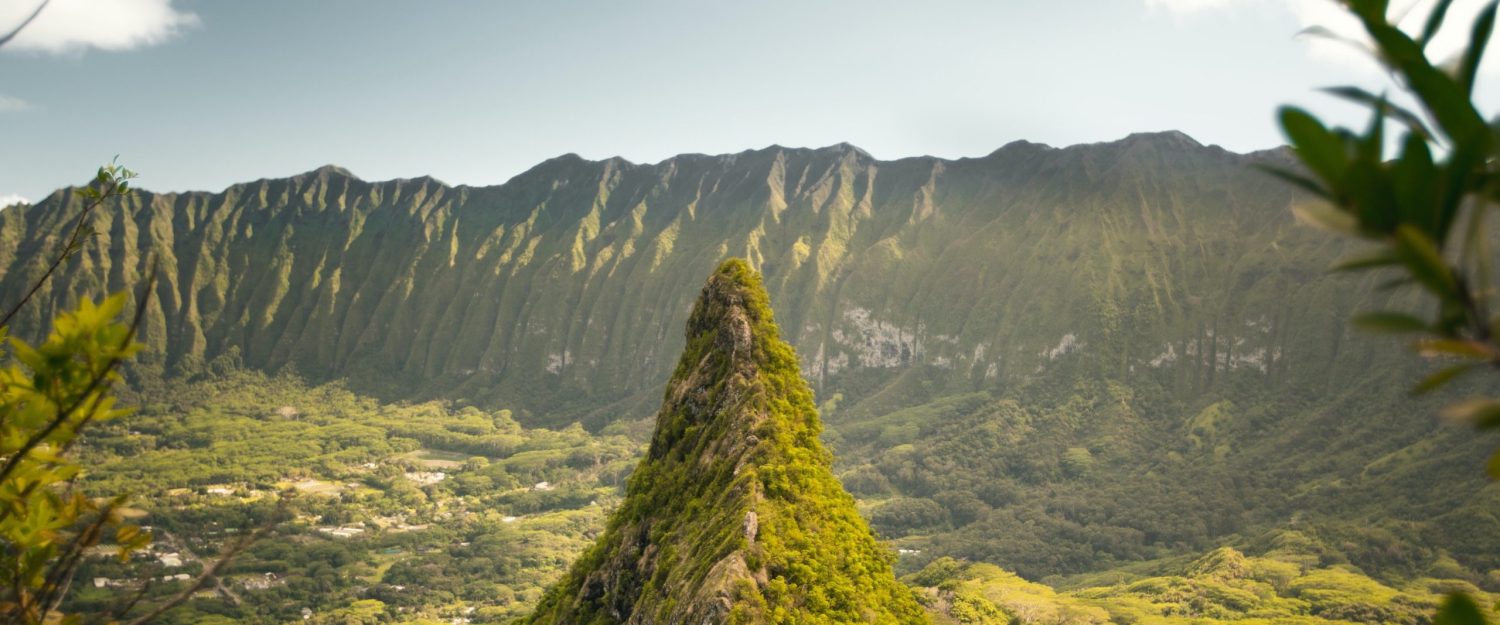Presented on November 2, 2022, by
Professor Róisín Commane
Department of Atmospheric Sciences
Dept. of Earth & Environmental Sciences,
Lamont-Doherty Earth Observatory,
Columbia University
Abstract:
Carbon dioxide (CO2) and methane are increasing rapidly in the atmosphere and both have a strong inter-hemispheric gradient driven by non-uniform surface-atmosphere fluxes. The Arctic is warming at twice the global average and the carbon-rich permafrost soils of northern high-latitude ecosystems have the capacity to release large amounts of carbon to the atmosphere. Historically, the focus has been on carbon uptake in summer, when ample light and good weather make airborne and remote sensing measurements possible. However, our recent work has shown that CO2 and CH4 emissions in early winter are increasing, in line with increasing winter-time temperatures, so care must be taken to consider all seasons
when calculating annual carbon budgets. Arctic ecosystems are responding to the warming driven by anthropogenic carbon emissions. If we want to reduce Arctic warming, we have to reduce carbon emission in lower latitudes, especially cities. Many city governments in the US have committed to reducing their emissions of GHGs based on inventories calculated for the city. However, few cities measure their carbon emissions to know if the enacted policies are having the desired effect. The New York Metro Area (pop. 20M) is the most populous urban area in the United States (US) and the largest urban source of CO 2 in the US. The region also has some of the worst summertime air quality outside of California. In response to the COVID-19 pandemic, New York ordered state-wide closures of all non-essential businesses in March 2020. On-road transportation and economic activity were dramatically reduced in the New York City metro area. Fortuitously, we began measuring CO2, CH4 and CO at an observatory in Manhattan in January 2020. I will present a preliminary analysis of the changes we have seen in the atmospheric composition of New York City and discuss the possible causes of these changes.
The presenter’s microphone was muted for the first 12 minutes of the recording. We apologize for the inconvenience.

